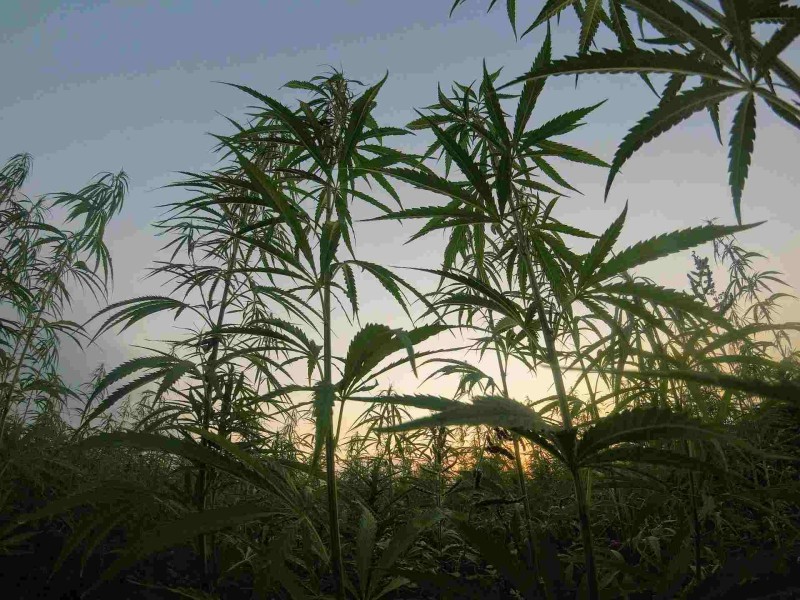Introduction
Hemp belongs to the family of Cannabaceae and is also referred to as Industrial Hemp. Hemp originated in Central Asia in 2800 BCE and spread throughout Europe in the middle ages. This plant is especially cultivated for its seed which is edible and its bast fibre. It has a strong aroma and looks like a stout herb. It is in the shape of a palmate with yellowish green flowers. Hemp has low levels of compounds such as tetrahydrocannabinol (THC), cannabinoids, Cannabigerals and others. The Hemp Guest Post category is where you can share your thoughts.
These compounds have a psychoactive effect on consumption but since it is present in low levels in Hemp, it does not affect the consumer. It has certain economic uses as well as as health benefits. Hemp can be used to make clothes, oil and much more. On the other hand it can also be used to get rid of constipation, arthritis and others
Hemp and Environment
Hemp or industrial hemp is a type of plant which is grown without the use of any chemical fertilisers or pesticides. It can also be grown in limited land and with less use of water. Thus the production of this plant along with its harvesting has no negative impact on the environment.
Hemp is considered to be the best alternative for plastic and even non renewable energy. The use of Hemp has fabrics, building materials, and biofuels has no harsh impact on the environment. It rather directs the upcoming generation to a greener future with less dependence on non renewable energy. Other than this, Hemp also reduces pollution by actively absorbing Carbon Dioxide. Therefore these reasons prove that Hemp is good for the environment and thus using them is "win - win for economy and environment".
Major Uses of Hemp
They are-
1. Hemp Building Material
Hemp is considered to be a promising building material which has advantages such as sustainability, breathability, being fireproof, non toxic and much more. This way of construction is quite eco friendly and has thus minimum greenhouse gas emission. One of the building materials prepared by Hemp is Hempcrete. Hempcrete or Hemp 'shiv' is actually the wooden core of the Hemp plant. It is generally fixed with binders (usually, Lime base) along with water to form an insulator. The insulator prepared with Hempcrete is considered to be one of the best. It is used on walls, floors, roofs and others.
2. Hemp Paper
Another very important use of Hemp in the industrial field is the production of Paper from Hemp. The Pulp extracted from the fibres of Hemp is used in the manufacture of Hemp Paper.The paper obtained from Hemp is nothing different from the usual paper we use. They contain 5% to 24% lignin. These papers are used in making banknotes, filter paper and much more.These papers are quite eco-friendly. Minimum chemical is used in the production of these papers. As Hemp grows 60% faster than the rest of the plants therefore less land is used under cultivation
The Bottom Line
Hemp has been paving the way for a greener and sustainable future. It takes minimum time for Hemp to grow and at the same time it requires less investment in the form of land or pesticides. The uses of Hemp are immense, no matter in which field it is being used. Some necessary precautions must be kept in mind before the consumption of Hemp. When used properly, it provides maximum benefits and hence is considered to be one of the best ways for a sustainable tomorrow
